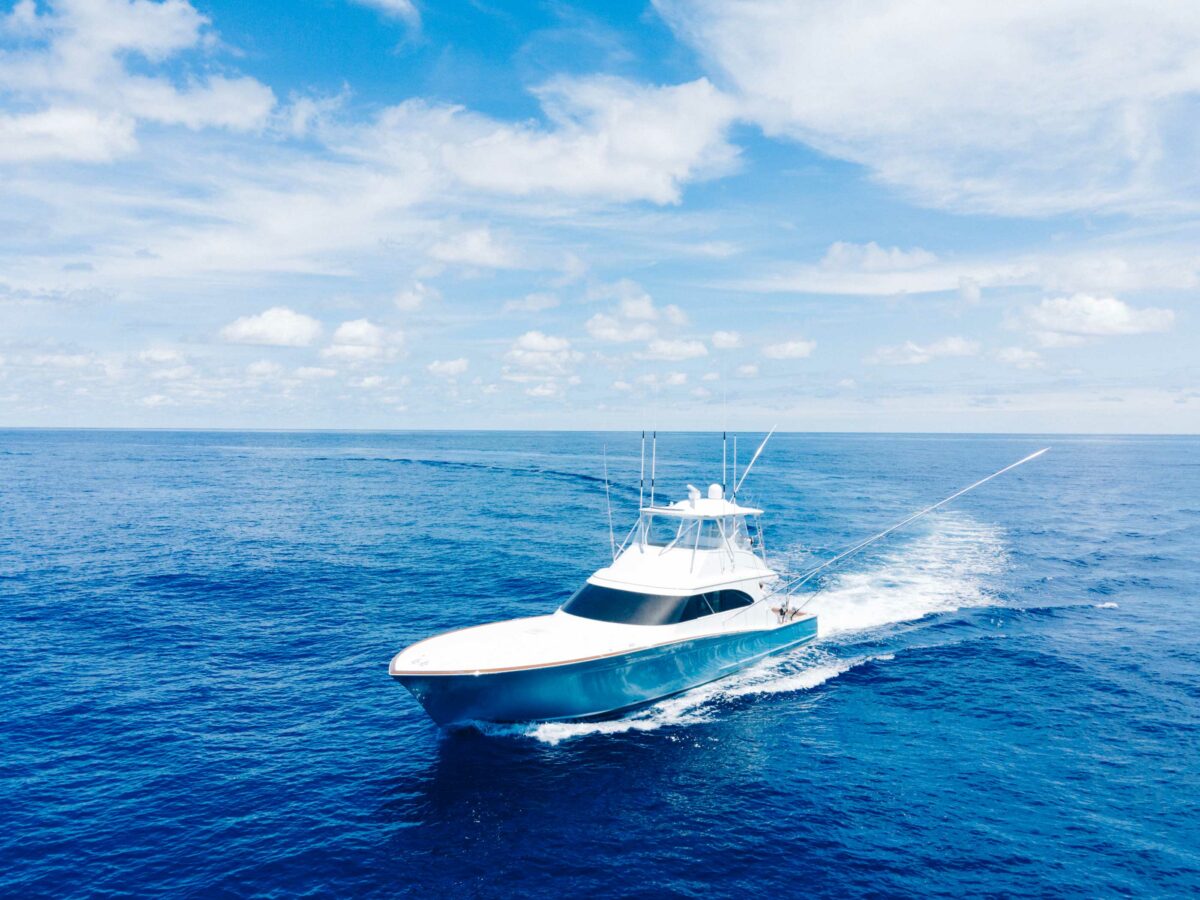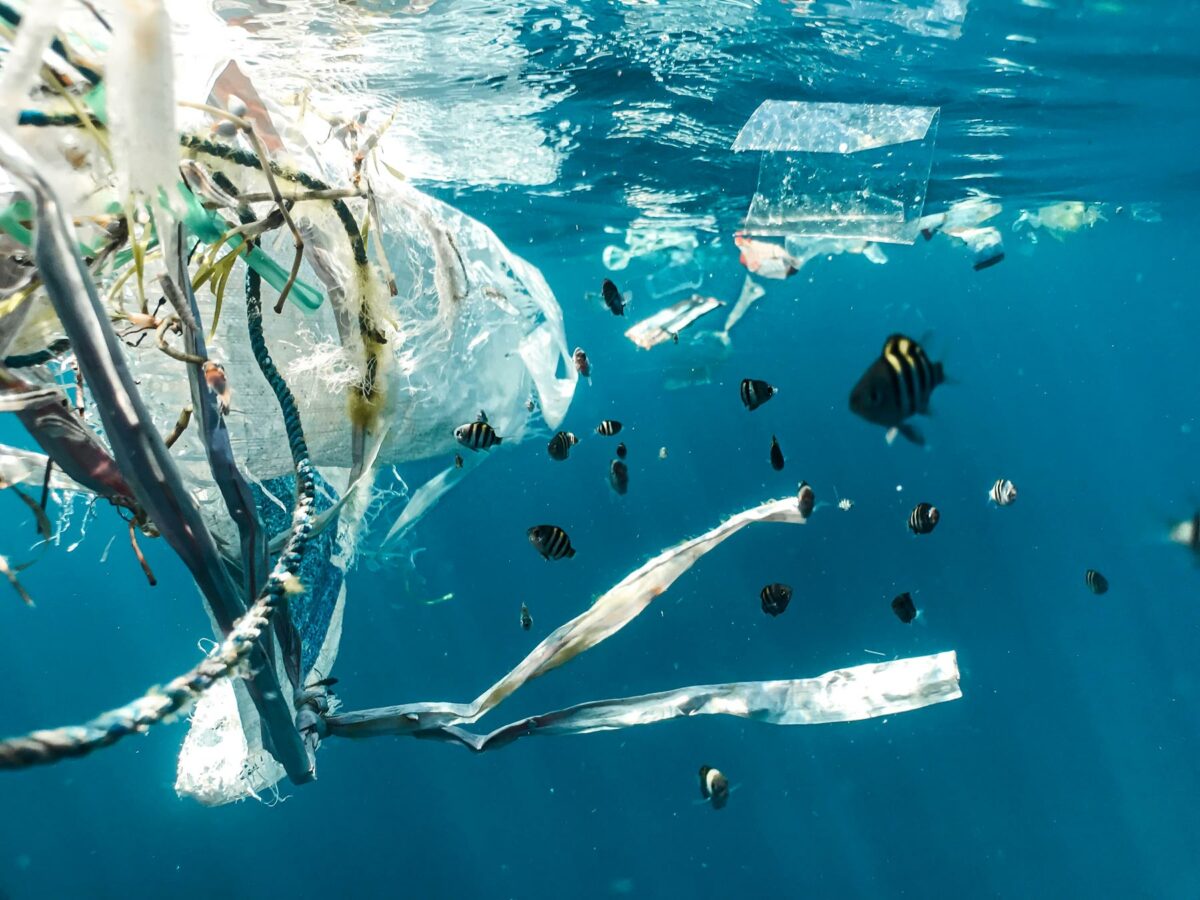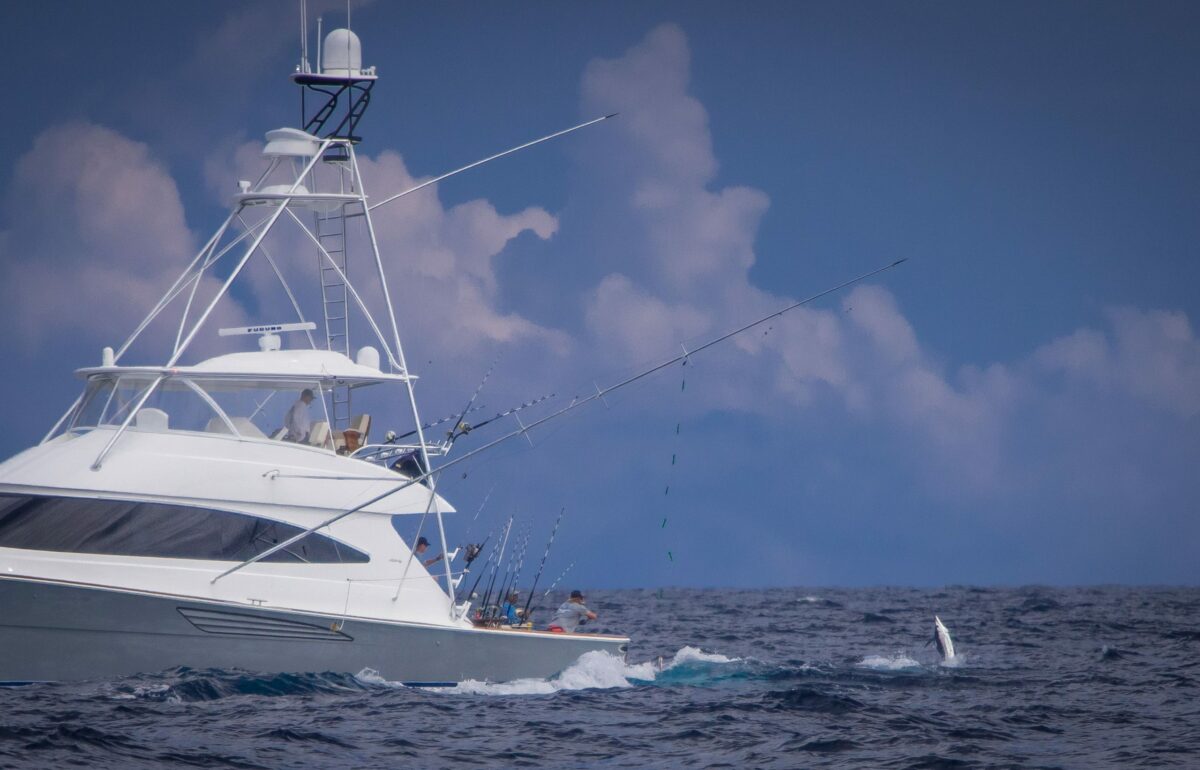A Nostalgic Reflection: Fishing Memories and Lessons Learned
When I was a young boy, my father and almost all of his friends hunted and fished when they weren’t working. That meant I hunted and fished too, since I got hauled along with the group most of the time. Many years passed before I truly realized what an awesome childhood I’d had, but at the time I took it for granted, assuming all boys grew up in similar fashion. As time passed, I learned that many had not been so fortunate.
Table of Contents
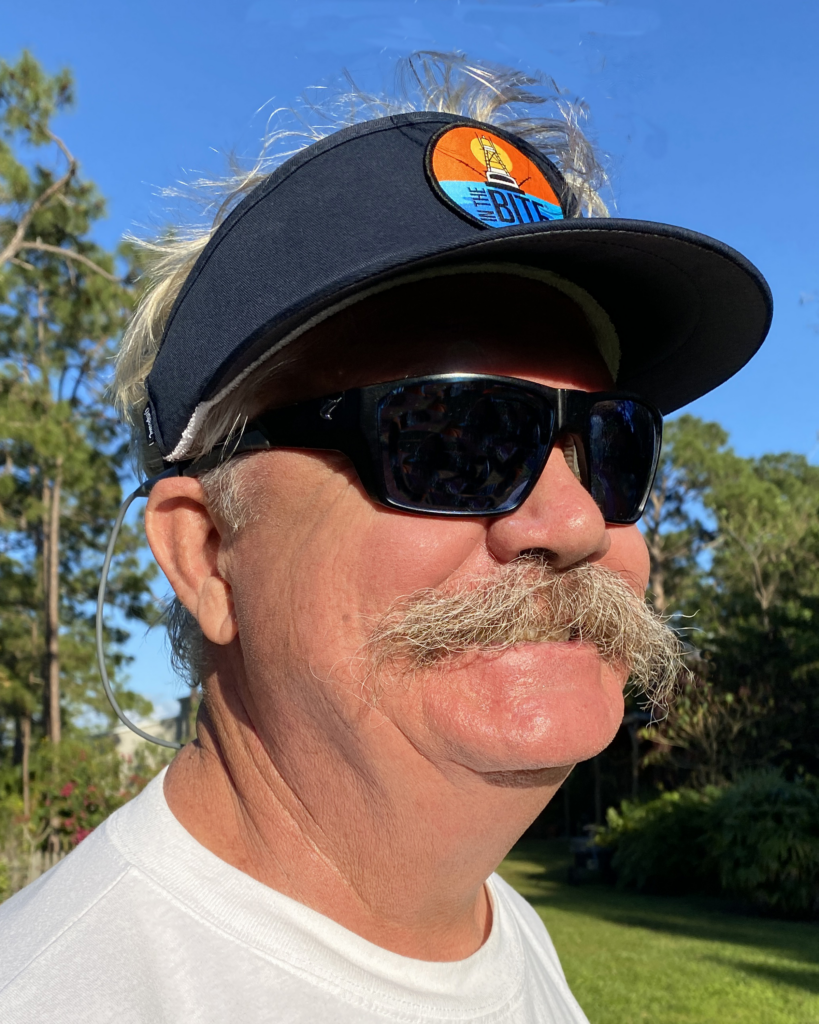
The State of Conservation in Sportfishing: A Turning Point
Most of my formative years were spent near the west coast of Florida, north of Tampa, so I learned about saltwater fishing in the Gulf of Mexico. Twice a year, in the spring around April, and again in the fall around October or November, the mackerel migrations happened. King and Spanish mackerel swam by our part of the world on their way to their winter grounds in the Florida Keys in the fall, then back north to their summer grounds in the northern Gulf in the spring.
Dad would closely monitor water temperatures, which in those days meant watching the local TV news in the evening to catch veteran sportscaster “Salty” Sol Fleischman’s fishing report on channel 13 in Tampa. Fleischman gave detailed updates on what was biting where and would alert us all as the vast mackerel schools approached our area. When dad was convinced the mackerel were close, we would head into the Gulf to intercept them every chance we got. For a few weeks, the action would be consistently outstanding, and we’d catch as many Spanish as we wanted on the shallower grass beds inshore before moving a little farther out over hard bottom to target big kings. We caught everything on artificials, mainly because we had no way to keep live bait, but also because we could. There were so many fish, it was easy pickings.
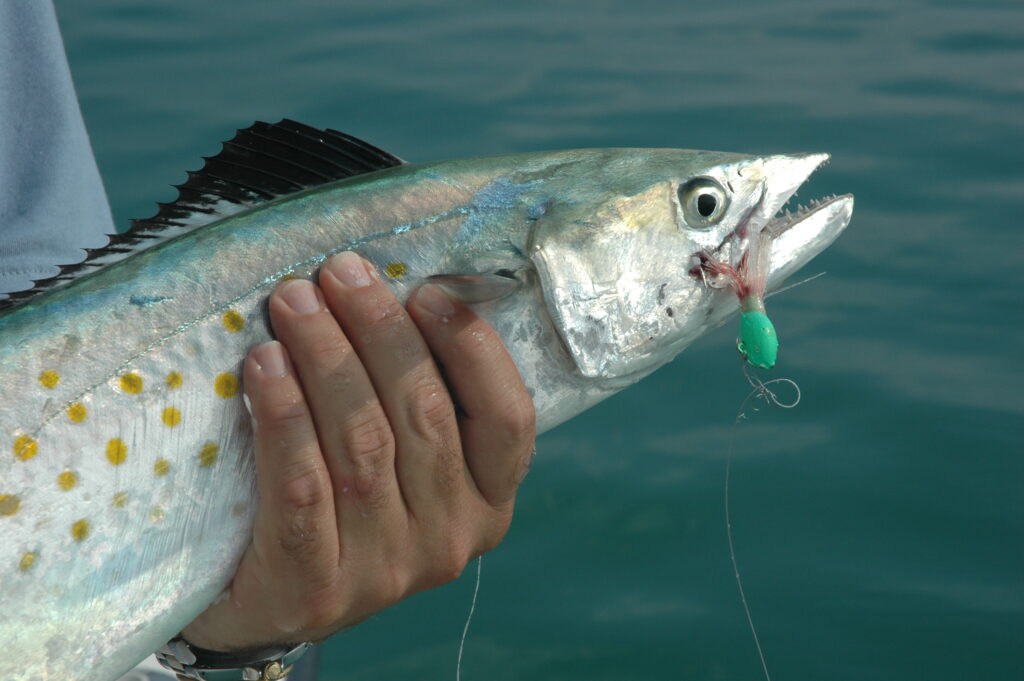
The Wake-Up Call: Recognizing Overfishing Realities
But while I was at college, my father reported that the mackerel action had slowed rapidly over the course of several seasons, then dropped off to little or nothing. How could that happen we asked ourselves? In those days many of us thought of the ocean and its resources as being virtually limitless, impossible for man to deplete. Our eyes were about to be opened to a new reality, however.
The inconceivable had begun to take place. Enterprising commercial net fishermen had developed lucrative new markets for the mackerel, primarily in the northeast, and had discovered ways to track them using technologies like spotter aircraft. Large-scale purse seine boats began scooping up the fish as they migrated along Florida’s west coast, and with little or no regulations in place to stop them, began landing huge hauls of mackerel. The fishery collapsed and our once vibrant recreational mackerel fishery virtually vanished, almost overnight. That was our first experience with what underregulated large-scale commercial gear can do to a fishery. But it turns out our experience wasn’t isolated. Purse seines were beginning to decimate bluefin tuna stocks in New England, and inshore on the Gulf coast, commercial overfishing had begun greatly reducing red drum and speckled trout stocks.
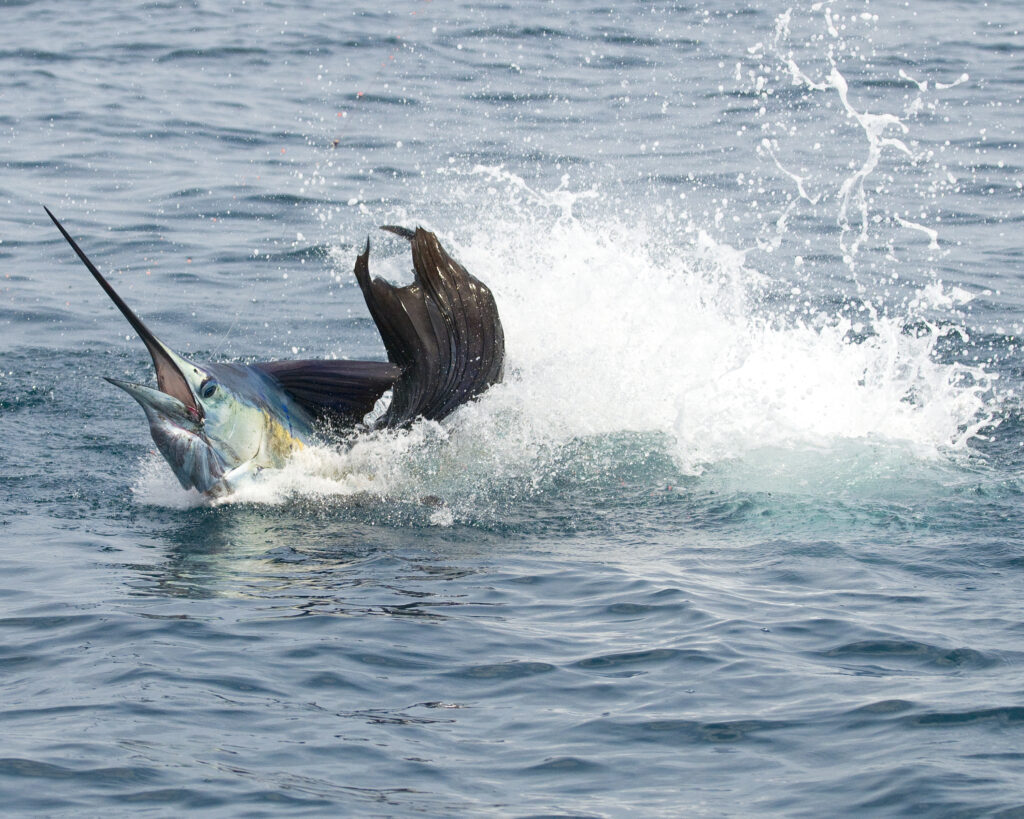
Rallying for Change: The Formation of Conservation Associations
This led to the formation of the Gulf Coast Conservation Association (GCCA) in 1977, the first time anglers had organized on a relatively large scale to help reverse this unfortunate trend. The GCCA later dropped the “G” and became the CCA, the largest angler advocacy organization in the country with chapters in 18 states.
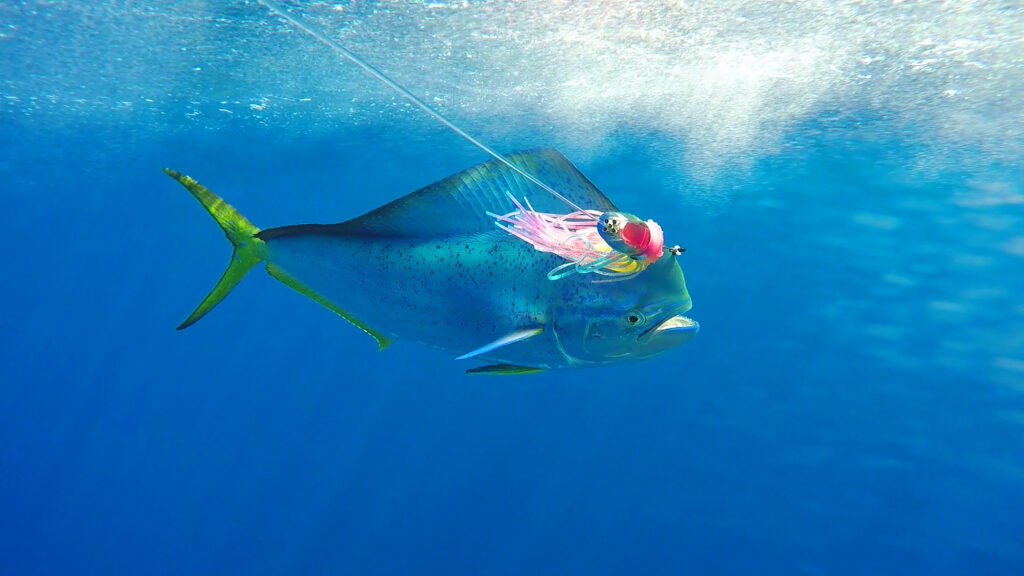
Uniting for a Cause: Collective Conservation Efforts
Other organizations sprang up and joined forces, most of the time, and we began to push back as an organized entity. The goal was to get decision makers to recognize recreational fishermen as what we are, an industry with a huge economic impact on the overall US economy. Our impact in terms of finfish greatly overshadows that of the commercial industry, yet we still sometimes get treated like the proverbial red-headed stepchild. But due to consistent, organized efforts, our efforts began to pay off.
Much of our success hinged on the elimination or restriction of indiscriminate, harmful commercial fishing gear. These include longlines, fish traps and gill nets. In the early1990s, for example, drift gill nets, free-floating nets that drifted at night and killed everything in their path, were banned in the South Atlantic, helping bring the mackerel back on the east coast. And when pelagic longlining was removed from the South Atlantic Bight in 2001, a major recovery of swordfish stocks began, which continues to this day. It brought about a major revival of an important recreational fishery, and a vibrant commercial fishery pursued by different, less destructive methods. And even though they are not as indiscriminate as the others, purse seine usage has been more strictly controlled as well. We’ve come a long way, with many successes to be proud of. With a few notable exceptions, the fisheries recreational anglers love to engage with are in pretty good shape.
Voices from the Frontline: Expert Insights on Current Conservation Status
So, as we begin a new year, I thought it would be interesting to talk to a few of our advocates to see how they see things, and to look into what future challenges lie ahead. I reached out to Jeff Angers, President of the Center for Sportfishing Policy, Jason Schratwieser, President of the International Game Fish Association, and Mike Leonard, Vice President of Government Affairs for the American Sportfishing Association. These guys spend their days in the trenches and are experts on where we’ve been and where we may be going.
“While we still have significant challenges to confront, things have gotten better for recreational fisheries management,” said Schratwieser. “And if you look at things from a global perspective, the US, by far, leads the world in managing fisheries well for recreational interests. Don’t get me wrong. There’s still a lot of work ahead of us but I can say that things have gotten better.”
Funding the Future: The Role of Anglers in Conservation
Angers points out that anglers largely fund conservation efforts through funds generated by Wallop-Breaux license taxes. “Those of us who live on the water understand the importance of conservation,” he said. “Clean water and healthy fisheries are essential to our way of life. And without anglers and boaters, a major portion of U.S. conservation funding would not exist. The cycle is very simple. Sportsmen and women need an abundance of marine life to be successful in their pursuits. Therefore, anglers and boaters foot the bill for conservation, to the tune of $1.7 billion annually, through license fees, excise taxes on equipment and fuel, and charitable contributions. The correlation between public access and conservation is particularly meaningful to any federal fisheries policy debate. The two go hand-in-hand.”
Given the fact that we have at least stabilized the fisheries that suffered in decades past by eliminating some of the harmful gear types, what challenges remain? One challenge involves our dependance on the federal government for the scientific data on which fisheries management decisions are made. We’ve known for years that recreational catch estimates have been wildly inaccurate at times, and some of that stems from the fact that fish stock abundance is much more difficult to estimate than terrestrial animals like deer, which you can see. The most obvious example of this occurred when federal managers shut down the red snapper fishery, declaring the species to be severely overfished, even as anglers fishing offshore encountered record numbers of the fish. This major disconnect between the available science and anecdotal evidence caused many anglers to lose faith in the management process.
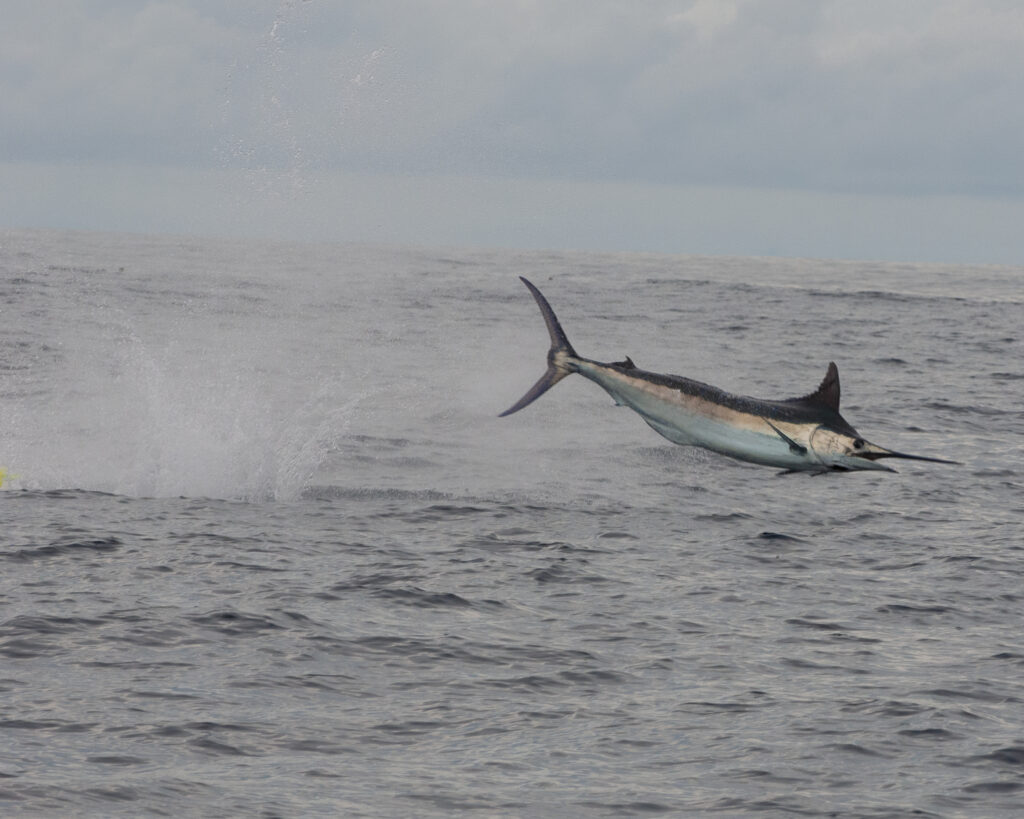
Navigating New Challenges: Future Conservation Threats
In addition, a new and significant threat to our way of life has appeared on the horizon and will be a formidable challenge in the long run. This threat involves groups that would use politics to restrict or eliminate our access to the ocean, and the fish we love to pursue. These groups have been active for some time now, but their agenda grows more radical and their efforts more persistent each year, it seems. Whether it’s attempting to create no-fishing zones known as “Marine Protected Areas,” or trying to shut us down with misguided efforts to protect whales, these green groups are well funded and persistent.
“Pushing anglers and boaters off the water comes with severe consequences for our country,” said Angers, “to mental health, conservation funding, jobs and the economy. If you take anglers and boaters off the water, you can kiss marine conservation goodbye. If the federal government decides to side with extreme environmentalists, the decrease in excise taxes and fishing license sales will be a big hit to conservation funding, and that’s terrible public policy.” Many of these groups have little or no first-hand knowledge of the fisheries they seek to limit, nor do they know those of us who fish. Conversely, the groups we work with are active participants in the fisheries and work directly with the recreational angling community to seek workable, common-sense solutions. That’s a huge difference.
“Our focus for the last 18 months has been on proposed vessel speed restrictions in the Atlantic Ocean and Gulf of Mexico,” Angers said. “Environmentalists, who would prefer our oceans to be managed like aquariums, are weaponizing the Endangered Species Act and the Marine Mammal Protection Act to limit public access to America’s public waters, and they are using the court system to do it. Boaters and anglers face battles on every coast as environmentalists pursue their agenda while ignoring the facts. The truth is recreational fishing and boating is not a threat to North Atlantic right whales or the Gulf of Mexico Rice’s whale, but because NOAA Fisheries did not ask for input from the recreational fishing and boating community when drafting its vessel speed restrictions, we are faced with a seriously flawed rule that will not save the whales but instead restrict public access and opportunity.
“Vessel speed is a significant safety feature on a recreational boat,” Angers continued. “If the federal government requires boats to travel at the unsafe speed of 10-knots or 11 mph (the average speed of a bicycle), boaters and anglers will not put their family at risk to go out on the Atlantic Ocean. We’re not talking only about those who own boats 35 to 65 feet in length, but the thousands of anglers who hire charter captains to take them fishing. Those trips just won’t happen under a 10-knot speed restriction. Are environmentalists and the Biden Administration for taking away outdoor public access that provides immense mental health benefits? Millions of American families take part in saltwater recreational fishing and boating and support multi-billion-dollar industries that generate hundreds of thousands of good-paying jobs in our country. When boaters learn that their vessel cannot be used as intended for up to seven months of the year, they will probably turn to other hobbies, and the recreational fishing and boating industries will suffer. Many people could lose their jobs if these vessel speed restrictions are put in place.”
Shaping the Path Forward: The Need for a New Management Paradigm
Obviously, the speed restriction proposals constitute an immediate, serious threat to both our industry and our way of life. We need to do everything in our power to find other solutions to protect whales. But what about the longer term? Is it time for a paradigm shift in the way we look at fisheries management in general? One answer might lie in allowing coastal states to manage certain fisheries, rather than the federal government. The states, Florida in particular, have had much better outcomes, in large part because they consistently engage with recreational stakeholders in the management process. We all know each other and work together to create fair and workable solutions.
“State-managed fisheries are particularly well managed in most cases,” said Schratwieser. “State agencies typically have a more intimate perspective of recreational angler needs because they are managing on a finer scale and oftentimes have more resources available. This also typically leads to greater trust of state managed fisheries by anglers.” Trust in the system makes a huge difference. Recreational anglers have always been willing to sacrifice to help a fishery in distress, whether through a lowered bag limit, or even a temporary closure. If they have faith and believe the science, they usually accept the restriction gladly. Much of that comes down to how data is collected.
“Technology is a double-edged sword we will need to pay close attention to,” said Leonard. “It will allow fisheries managers to get better at research and data collection, but also have the potential for conservation concerns with increased angler efficiency. As we look to the future, the recreational fishing community must do a better job of engaging in fisheries conservation and policy, as we will inevitably face increased scrutiny and regulation from the government and environmental groups.”
Engagement and Empowerment: The Importance of Community Involvement
“There are a number of great organizations out there that are doing great work on behalf of recreational anglers and we’re doing a better job of working together than we ever have,” adds Schratwieser. “If you’re passionate about the future of fishing, you should consider supporting one or more of these organizations that are committed to ensuring a bright future for recreational fishing.” It’s important that we all get involved, or else someone else will make decisions for us without our input. I don’t know about you, but I would rather have a voice at the table than be a bystander.
Don’t Forget to Check Out Our Sportfishing Job Board! Did You Know? It’s the perfect platform for seeking skilled captains and mates. Whether you’re on the hunt for your dream team or looking to join one, your next big adventure begins here. Explore the opportunities now! Click Here
Dive Deeper into the World of Sportfishing
Unlock Exclusive Savings: Enjoy 50% Off Your Subscription!
Are you ready to explore the thrilling world of sportfishing from the comfort of your home? Subscribe now and embark on a journey filled with captivating stories, expert insights, and insider tips. Choose between our digital or print edition and secure an incredible 50% discount on your subscription.
Subscribe today and get ready for an adventure like no other. Click here to subscribe and elevate your sportfishing experience with InTheBite Sportfishing Magazine.










